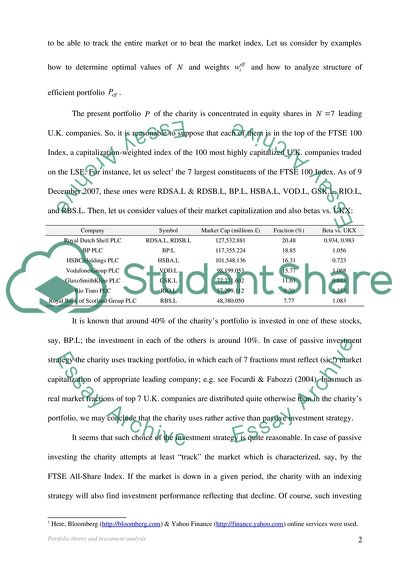Cite this document
(Portfolio Theory and Investment Analysis Research Paper, n.d.)
Portfolio Theory and Investment Analysis Research Paper. Retrieved from https://studentshare.org/finance-accounting/1710681-portfolio-theory-and-invesntment-analysis
Portfolio Theory and Investment Analysis Research Paper. Retrieved from https://studentshare.org/finance-accounting/1710681-portfolio-theory-and-invesntment-analysis
(Portfolio Theory and Investment Analysis Research Paper)
Portfolio Theory and Investment Analysis Research Paper. https://studentshare.org/finance-accounting/1710681-portfolio-theory-and-invesntment-analysis.
Portfolio Theory and Investment Analysis Research Paper. https://studentshare.org/finance-accounting/1710681-portfolio-theory-and-invesntment-analysis.
“Portfolio Theory and Investment Analysis Research Paper”. https://studentshare.org/finance-accounting/1710681-portfolio-theory-and-invesntment-analysis.


